Steaming on sunshine: The UK’s first solar powered fishing vessel
Hans Unkles, a fisherman from the small rural village of Tayvallich, Scotland, has a rich history in the industry.
The 61-year-old's journey began as a boat builder and it’s believed he has constructed and refurbished around 20 boats.
He has skippered/owned nine different potting vessels; currently fishing the 6.4m Cygnus - the Lorna Jane, named after his daughter, targeting lobsters two to three days a week.
But longer-term, Hans started to worry about the vessels of the future, leading him to take a serious look at using renewable energy as the power source for the Lorna Jane.
His expertise, combined with a passion for renewable energy, perfectly positioned Hans to install solar panels and help convert the Lorna Jane into the UK's first fully electric commercial fishing vessel.
The vessel has now successfully converted to solar power, earning full Maritime and Coastguard Agency (MCA) accreditation.
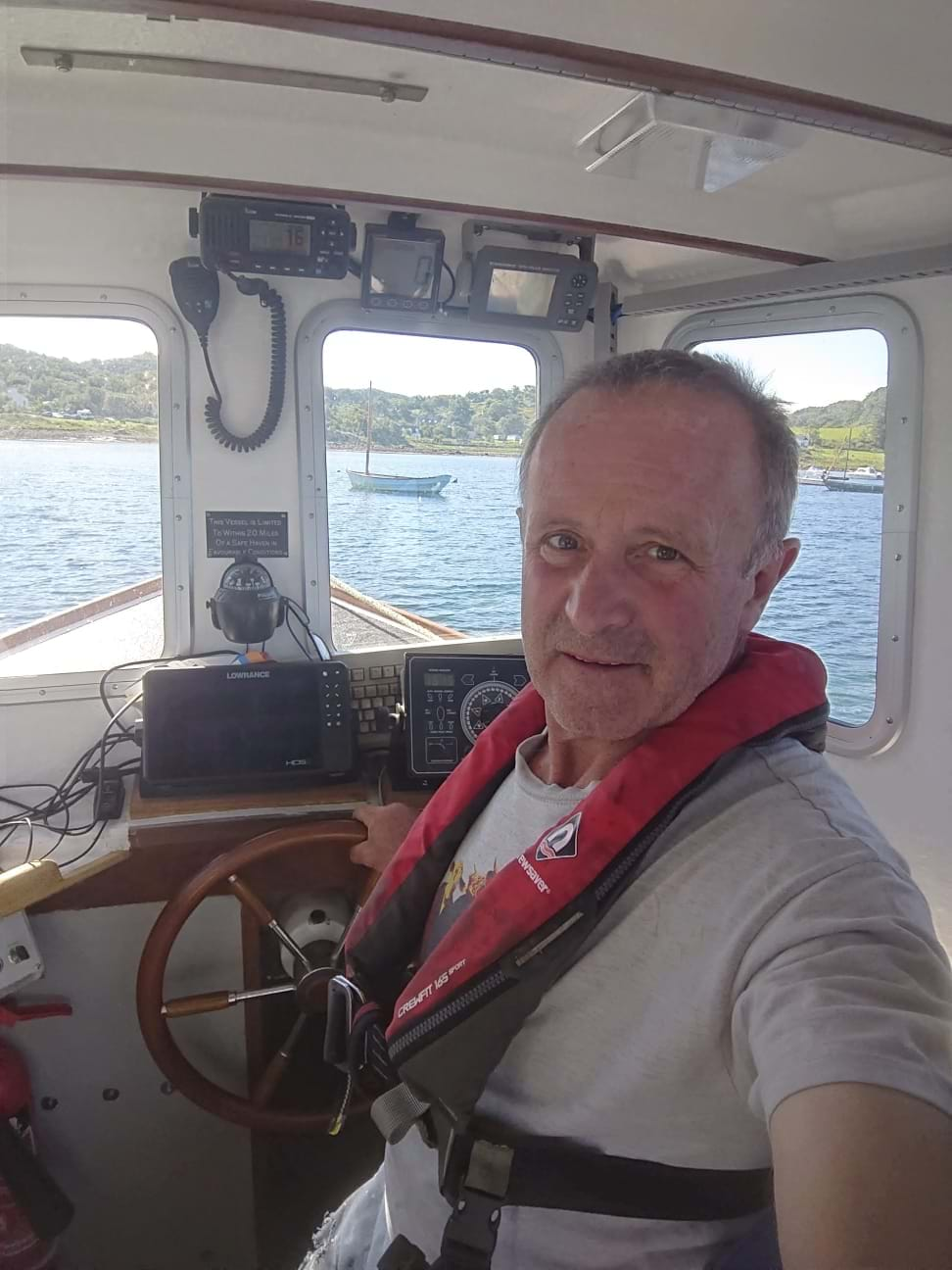
I worry our fishing industry is missing the boat.
With our current trajectory towards Net-Zero our vessels will be worthless. The process of wind and sun creating energy is fascinating to me, so I thought I could be the right person to give it ago.
As a boat builder, I found the technical and physical aspects simple - just connecting wires from batteries to appliances. It’s purely the cost and administration which are the stumbling blocks.
The diverse requirements across the fleet segments, means there is no-one-size fits all solution for vessels where emerging propulsion technology/fuel systems are concerned. In the interim, regulatory derogations, as with the Lorna Jane, will be necessary and considered on a case-by-case basis.
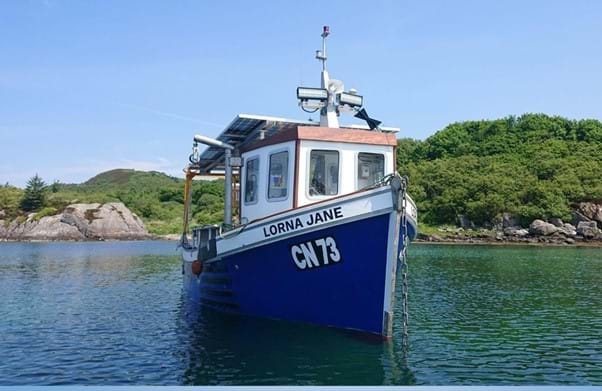
Currents of change
The Lorna Jane only fished one season in very local waters before the retrofit, so comparing fishing practices before and after the solar installation is data limited.
But before the conversion, Hans estimates the vessel consumed 20 litres of diesel per day, to travel an average of 15 miles, costing around £20 per return trip.
While the converted vessel still uses an industry-standard Spencer Carter Hauler, there is now a new power source—a 10kW electric motor, which he has derated to 4kW on efficiency grounds.
The motor draws its power through the main battery bank charged via 4 x 460W bifacial solar panels, capturing both direct sunlight and sea reflection - powering the hauler and vessel propulsion.
The Lorna Jane averages 26 miles per day, with its range depending on throttle. On a cloudy day without solar input, the Lorna Jane has a continuous range of 60 miles at five knots; reducing to 25 miles at six knots.
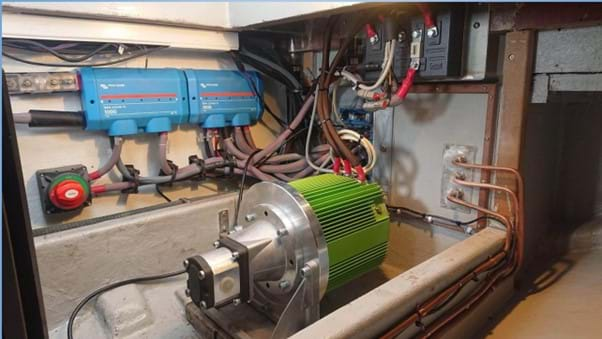
During the summer and up until the equinoxes, the solar input keeps up with all my needs. The boat charges while in use, and the days when lobster creels are soaking enables the batteries to recharge up to 90%.
In winter, when solar power alone is not sufficient, the boat must moor at a neighbouring port with a pontoon that offers access to shoreside charging via a plug-in recharging point. During these months, Scotland benefits from abundant wind power generation (The Scottish Government, 2022), enabling the vessel Lorna Jane to maximize renewable energy utilisation throughout the year.
However, the port’s tariff is high at £0.75/kW and the additional overnight mooring fee must be factored in. During the commissioning stage, the solar charger also faced issues, leading to a temporary reliance on a generator. Despite these challenges, the overall cost of powering the boat has now reduced to around £17 a day from July to December.
Individuals already operating from a port equipped with shore power may exclude the additional pontoon expenses from their calculations, and check their local electricity tariffs, which are often far lower.
When focusing solely on electricity costs, the Lorna Jane averages £10.12 per day.
Sound of silence
It’s difficult to determine the life-expectancy of the retrofitted equipment, as the Lorna Jane has not been in operation long enough, making it necessary to rely on the manufacturer’s estimates.
The batteries have a 3,000 charge-cycle specification. However, without the need for components such as impellers, fuel filters, oil changes, leaky pipes, water flow systems and alternators - all of which are susceptible to daily wear and tear - maintenance costs are expected to be substantially reduced. Hans also now enjoys the unpolluted sea air and symphony of silence when the vessel is steaming to and from the fishing grounds.
I cannot put into words how much more relaxed your day is with a quiet boat. I had no idea how beneficial that was going to be.
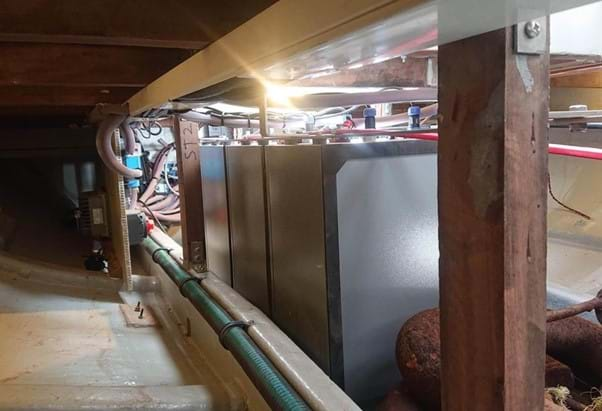
A drawn out process
The Lorna Jane was substantially modified before converting to electric; this increased the overall time taken to around eight months. It involved deck raising and a new wheelhouse - essentially rebuilding the vessel. Hans was in an unusual position when applying for Marine Scotland’s Maritime and Fisheries Grant, playing the part of both the fisherman and the boat builder!
Unfortunately, the available funding neither covered his time, or the equipment already purchased, leaving Hans largely out of pocket. He believes the whole conversion cost approximately three times the value of an equivalent unconverted vessel with license. Therein lays one of the biggest challenges associated with transitioning existing vessels to carbon-free steaming – namely how to make the figures stack up economically.
In pioneering the first vessel of its kind in the UK, Hans faced the challenge of needing to start the authorisation process from scratch with the MCA, to secure the necessary regulatory derogation; working closely with a senior MCA surveyor and his team, as well as employing a naval architect to submit time-consuming drawings. Although the process was lengthy, MCA successfully calculated how to apply existing codes of practice, making it easier for anyone in the future.
‘Watt’ are the challenges
Scotland may not be considered a sunny place, yet the latitude results in long summer days. However, for those fishing full-time or over the winter, additional power to recharge the vessel’s batteries will be essential.
With most ports and particularly small harbours currently lacking shore power facilities, it is not a viable option for many. Successfully delivering net zero across the UK fishing fleet, and aquaculture service vessels, will require a fit-for-purpose shore-to-vessel-to-shore transition, together with the appropriate infrastructure, operational requirements and funding. This will be crucial to avoid supply chain blockages, be these technical, regulatory etc.
Currently, vessel owners may be able to undertake repairs independently, but transitioning to fully electric vessels require specific skills development and training. Hans further predicts vessels over nine metres will likely require a higher voltage, where a qualified electrical engineer is legally required for any installation and maintenance work. The necessary skills and training across the fishing sector, whether for fishermen or boat yards, need mapping and a development framework put in place.
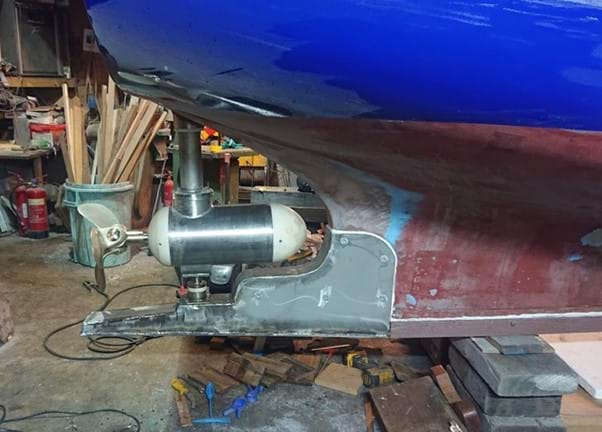
Looking to the future
Vessels have been steadily increasing their speed over the years however, there is now a notable shift in perspective among many vessel owners who are prioritising fuel efficiency whenever feasible.
With the simplest method being to decrease speed, there may be more of a return to slower boats like the Lorna Jane. The solar powered motor seems well-suited for the smaller under-10m inshore day-trip fishing boats that utilise static gear. With 2,742 under 10m vessels operating across the UK in 2022 (Seafish, 2023), as well as aquaculture service vessels, solar power presents a potentially exciting solution.
Hans describes himself as optimistic about the shift to electric power, emphasising the need for fishermen to change their mindset going forward.
The project was refreshing, interesting and nourishing, it is the most satisfying boat I’ve ever built, and a total success.
You can keep up to date with the progress of the Lorna Jane on Facebook.
Please note: before embarking on any proposed vessel alteration to replace existing diesel engines, Seafish recommends that owners initially consult with an MCA surveyor.
References
Hans Unkles (2024), personal communication, 20th January 2024. Pictures owned by Hans Unkles.
Seafish (2023), Fleet Enquiry Tool, Public.tableau.com. [online] Available at: Fleet Enquiry Tool | Tableau Public
The Scottish Government (2022), Energy statistics for Scotland Q3 2022, Renewable Electricity Generation, [online] Available at: https://www.gov.scot/publications/energy-statistics-for-scotland-q3-2022/pages/renewable-electricity-generation